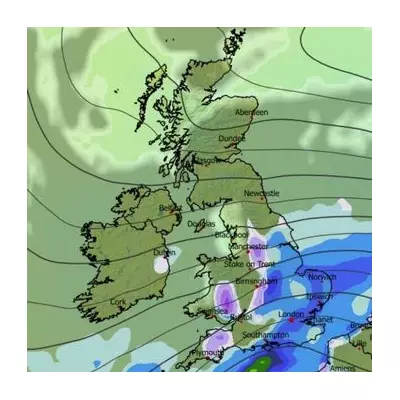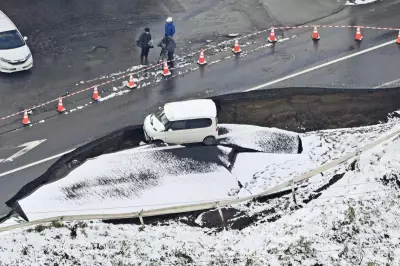
On Wednesday, a rare earthquake followed by a small tsunami struck off the coast of the UK, triggering emergency alerts but ultimately causing far less damage than anticipated. Scientists and disaster response teams are now analysing why the event, which initially raised fears of widespread destruction, proved relatively harmless.
The Seismic Event
The earthquake, measuring 4.8 on the Richter scale, originated in the North Sea, approximately 120 miles east of Aberdeen. Minutes later, a minor tsunami wave was detected, though it barely reached coastal areas with any significant force.
Why Was the Impact So Minimal?
Several factors contributed to the lack of damage:
- Shallow Epicentre: The quake’s depth of just 5 km meant its energy dissipated quickly, reducing ground shaking.
- Distance from Land: Being far offshore limited the tsunami’s build-up before reaching the coast.
- Early Warning Systems: Advanced monitoring allowed authorities to issue timely alerts, preventing panic.
Expert Reactions
Dr. Eleanor Shaw, a seismologist at the British Geological Survey, noted: "While any seismic activity near the UK is unusual, this event was a reminder of our preparedness systems. The combination of favourable geology and rapid response mitigated risks."
Coastal residents reported feeling mild tremors but described the tsunami as little more than an unusually high tide. Emergency services confirmed no injuries or major structural damage.
Lessons for the Future
Despite the mild outcome, the incident has reignited discussions about the UK’s vulnerability to natural disasters. "We were lucky this time," said Mark Higgins of the National Oceanography Centre. "But it’s a wake-up call to review coastal resilience strategies."





